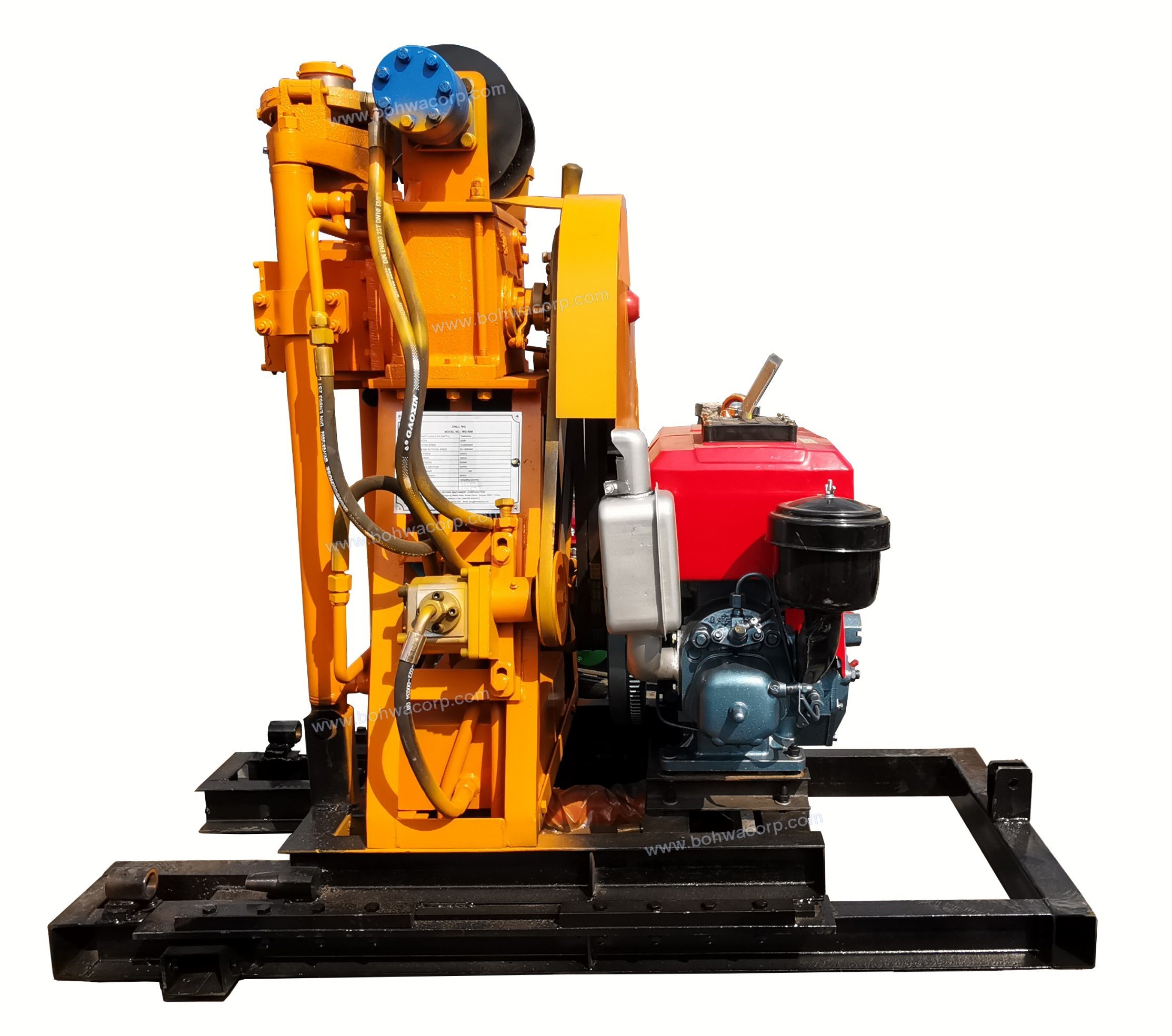Mechanical faults can be a nightmare for any industry, causing downtime, decreased productivity, and increased costs. However, with the right diagnostic approach, these issues can be identified and resolved efficiently. In this blog post, we will delve into the intricacies of diagnosing mechanical faults, providing you with a step-by-step guide to ensure accurate and effective troubleshooting.
- Understanding the Symptoms:
Diagnosing a mechanical fault begins with keen observation and understanding the symptoms exhibited by the machinery. These symptoms can range from unusual noises, vibrations, or even abnormal performance. By carefully analyzing these indicators, you can narrow down the potential causes of the fault. - Gathering Information:
To diagnose a mechanical fault accurately, it is crucial to gather as much information as possible. This includes reviewing maintenance records, equipment manuals, and any relevant historical data. Additionally, interviewing operators and maintenance personnel can provide valuable insights into the fault's origin. - Visual Inspection:
A thorough visual inspection is the next step in diagnosing a mechanical fault. This involves examining the machinery for any visible signs of damage, wear, or misalignment. Paying attention to details such as loose connections, leaks, or broken components can help pinpoint the root cause. - Utilizing Diagnostic Tools:
In today's advanced technological era, diagnostic tools play a vital role in identifying mechanical faults. These tools include vibration analyzers, thermal imaging cameras, and diagnostic software. By utilizing these tools, you can gather precise data and analyze it to uncover hidden faults that may not be visible to the naked eye. - Analyzing Data and Test Results:
Once the necessary data has been collected, it is essential to analyze it thoroughly. This involves comparing the collected data with established benchmarks, manufacturer specifications, and industry standards. By doing so, you can identify any deviations or abnormalities that may indicate a mechanical fault. - Root Cause Analysis:
To effectively resolve a mechanical fault, it is crucial to determine its root cause. This involves a systematic approach, such as the 5 Whys technique or fault tree analysis. By identifying the underlying cause, you can implement targeted corrective actions, preventing future occurrences of the same fault. - Implementing Corrective Actions:
After identifying the root cause, it is time to implement the necessary corrective actions. This may involve repairing or replacing faulty components, adjusting settings, or improving maintenance practices. Regular monitoring and follow-up inspections are essential to ensure the effectiveness of the implemented solutions.
Conclusion:
Diagnosing mechanical faults requires a combination of expertise, attention to detail, and the utilization of advanced diagnostic tools. By following a systematic approach and considering all relevant factors, you can accurately identify and resolve mechanical faults, minimizing downtime and optimizing productivity. Remember, prevention is always better than cure, so investing in proactive maintenance strategies can significantly reduce the occurrence of future faults. Stay vigilant, and your machinery will thank you with uninterrupted performance.


